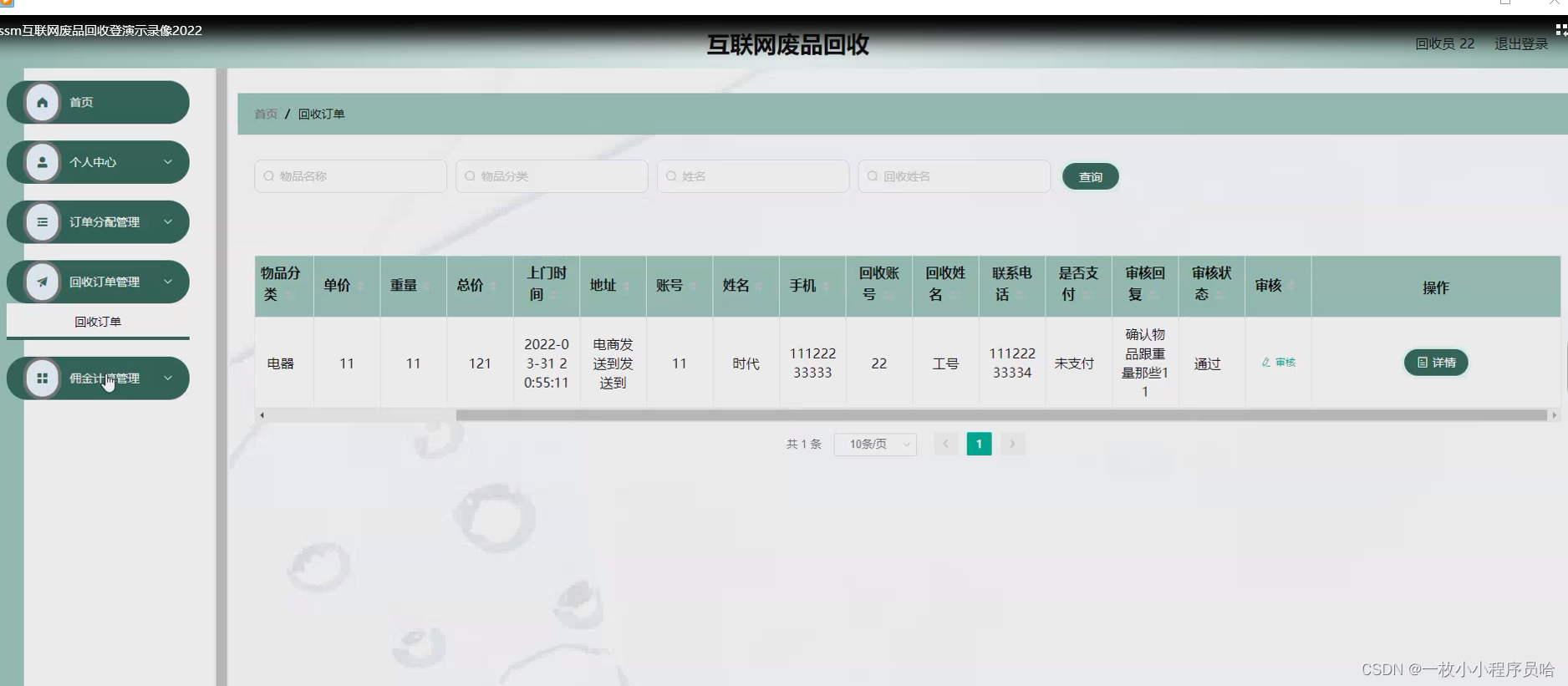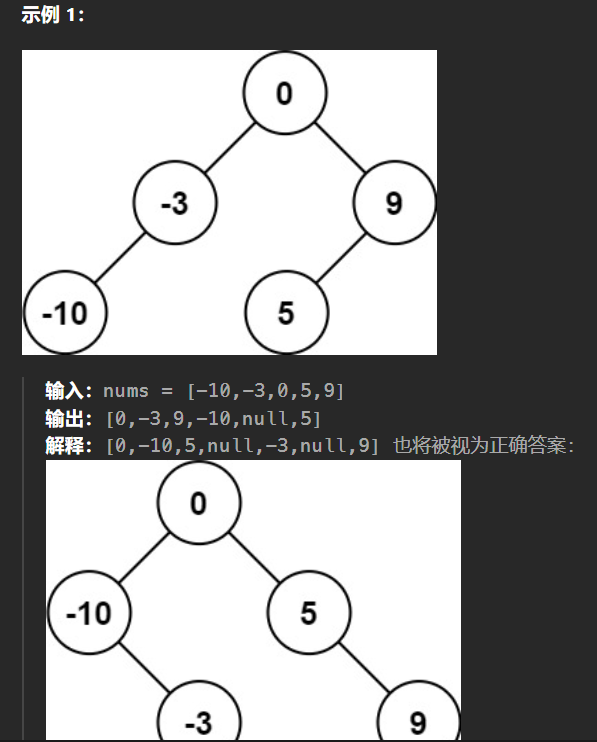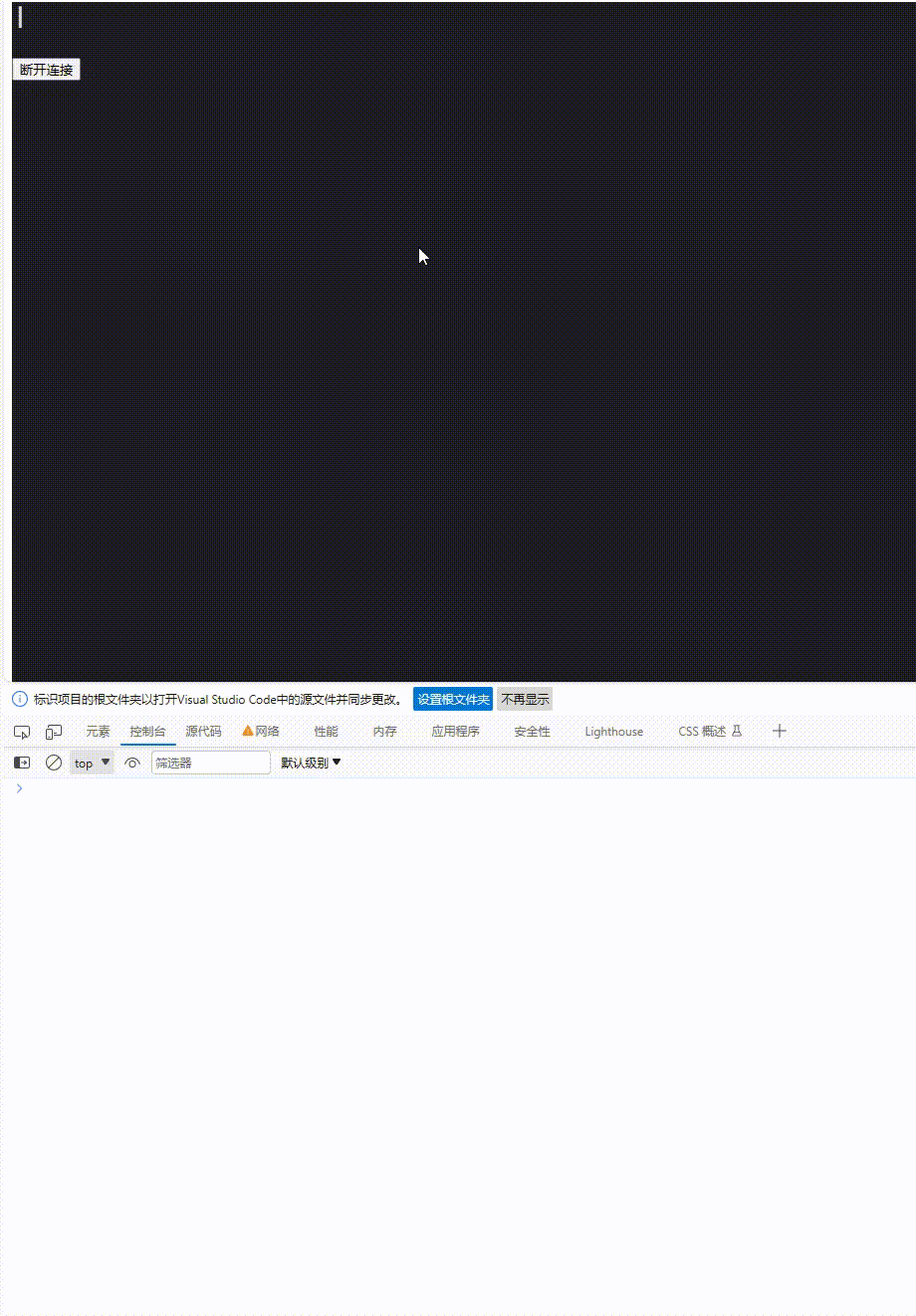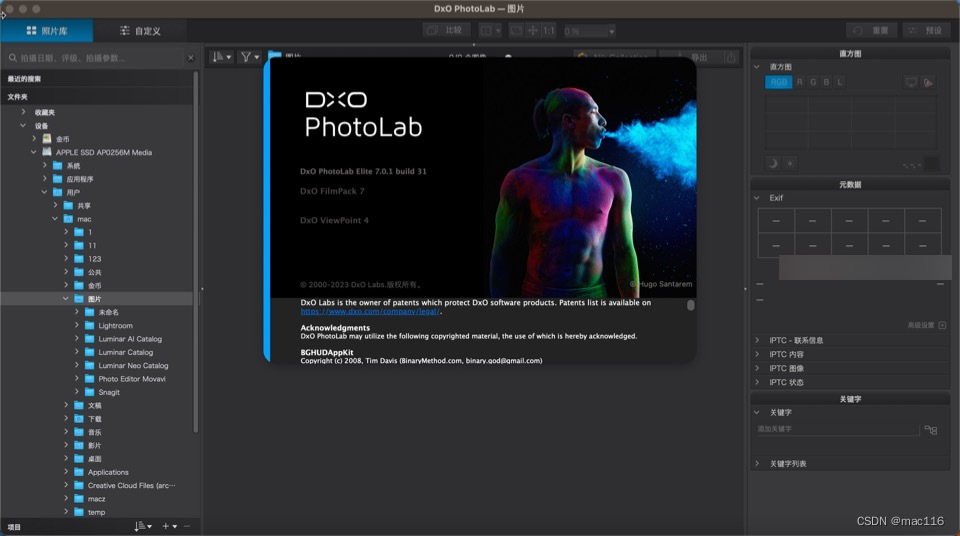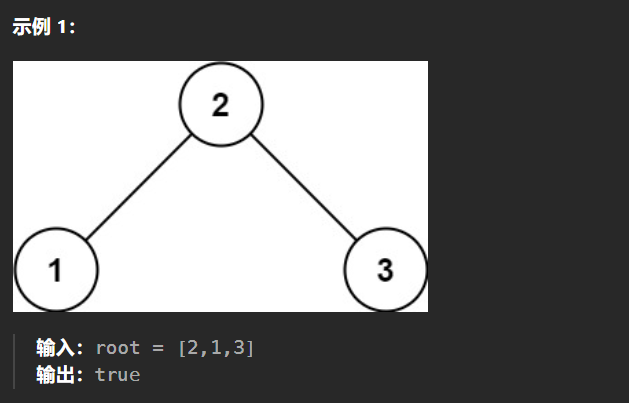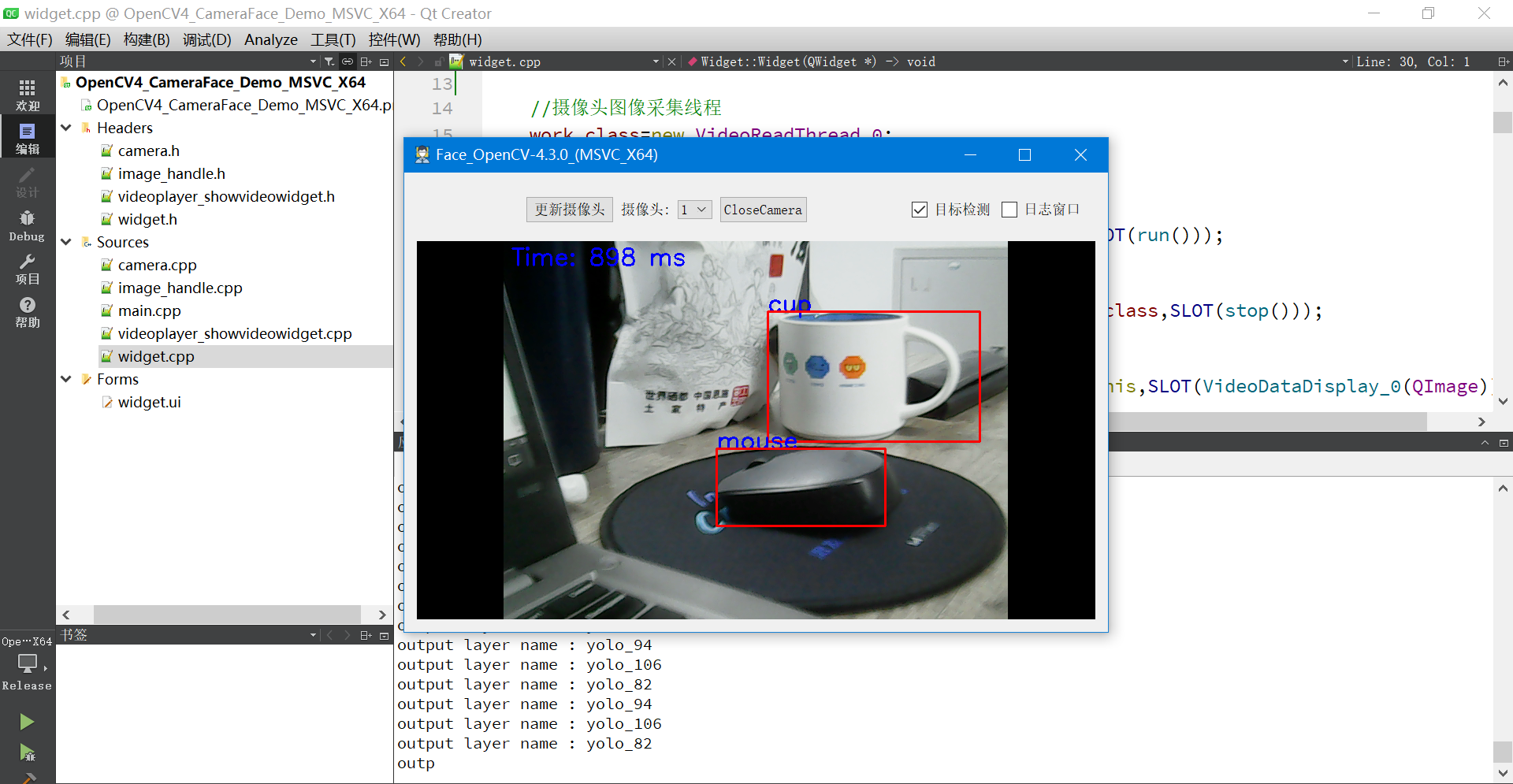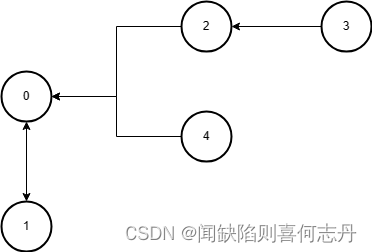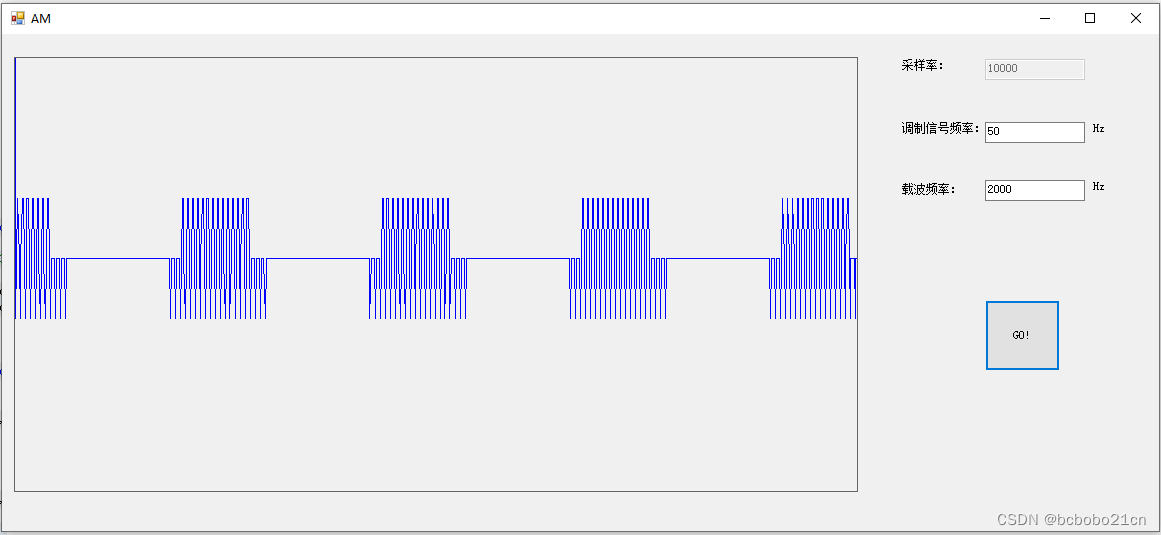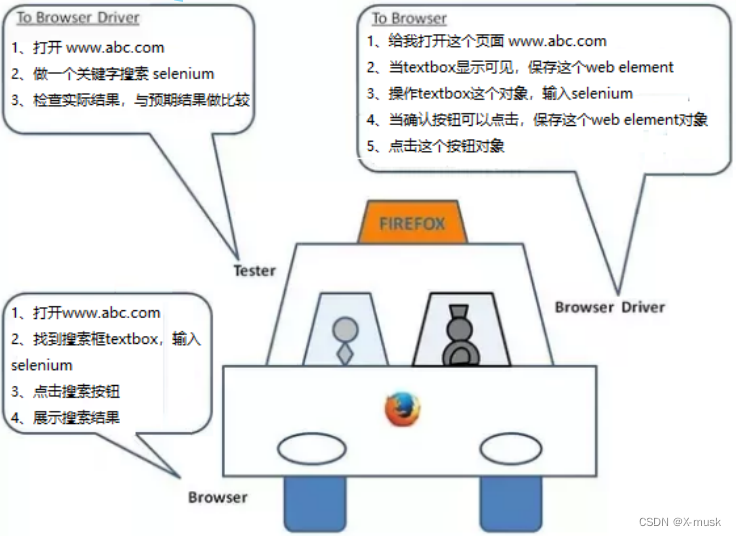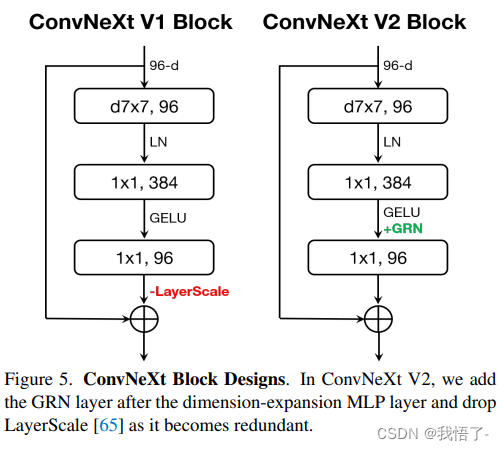算法-动态规划/trie树-单词拆分
1 题目概述
1.1 题目出处
https://leetcode.cn/problems/word-break/description/?envType=study-plan-v2&envId=top-interview-150
1.2 题目描述
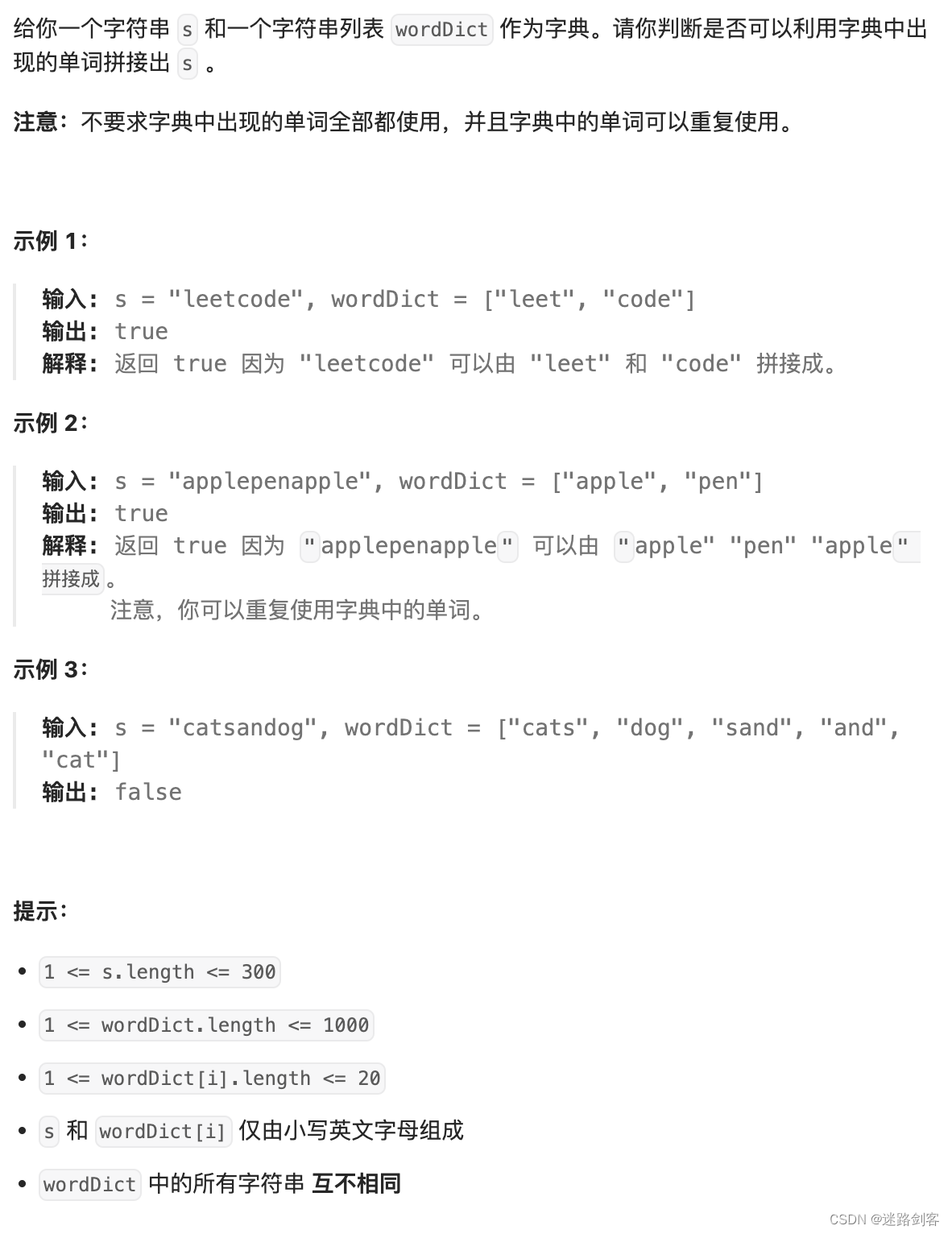
2 动态规划
2.1 解题思路
- dp[i]表示[0, i)字符串可否构建
- 那么dp[i]可构建的条件是,[0,j)可构建且[j,i)包含在wordDict中
- 这里你可能会问,那如果是[j,i)不能直接构建,而是有wordDict种的两个单词构建怎么办?其实,因为我们是从低到高构建的动态规划,所以设k > j 且 k <i,那么dp[k] = true,因为dp[j]=true且 [j,k)在wordDict中。那么 [k, i)就是剩下的那个单词了,所以 [j,i)也可以被构建。
2.2 代码
class Solution {
public boolean wordBreak(String s, List<String> wordDict) {
// dp[i]表示[0, i)字符串可否构建
// 那么dp[i]可构建的条件是,[0,j)可构建且[j,i)包含在wordDict中
boolean[] dp = new boolean[s.length() + 1];
dp[0] = true;
Set<String> set = new HashSet<>(wordDict);
for (int i = 1; i <= s.length(); i++) {
for (int j = 0; j < i; j++) {
if (dp[j] == true && set.contains(s.substring(j, i))) {
dp[i] = true;
break;
}
}
}
return dp[s.length()];
}
}
2.3 时间复杂度
O(c*s.length)

2.4 空间复杂度
O( s.length)
3 trie树
3.1 解题思路
- 将wordDict构建trie树
- 将s从位置0开始往后匹配查找
- 如果当前位置能匹配上,继续判断是否是单词结尾,如果是且下一个单词开始的匹配也能成功,就说明能构建,返回true
- 其他情况继续往后匹配
3.2 代码
class Solution {
Trie root = new Trie();
public boolean wordBreak(String s, List<String> wordDict) {
for (String word : wordDict)
root.insert(word);
if (root.find(s, 0)) {
return true;
}
return false;
}
class Trie{
boolean[] no = new boolean[301];
public Trie[] children = new Trie[26];
boolean isEnd = false;
public void insert(String word) {
// System.out.println(this + " word=" + word);
if (null == word || word.length() == 0) {
System.out.println(this + " isEnd = true");
isEnd = true;
return;
}
int index = word.charAt(0) - 'a';
Trie child = children[index];
if (null == child) {
child = new Trie();
children[index] = child;
}
System.out.println("child=" + child + ", word=" + word);
child.insert(word.substring(1));
}
public boolean find(String s, int i) {
if (no[i]) {
return false;
}
char firstC = s.charAt(i);
Trie child = children[firstC - 'a'];
if (null == child) {
no[i] = true;
return false;
}
if (child.isEnd) {
System.out.println("firstC=" + firstC + ", child=" + child);
if (i + 1 == s.length() || root.find(s, i+1)) {
return true;
}
}
no[i] = true;
if (i + 1 < s.length()) {
return child.find(s, i+1);
} else {
return false;
}
}
}
}
3.3 时间复杂度

3.4 空间复杂度
参考
- 循序渐进5种解法,从字典树trie回溯延伸到动态规划
